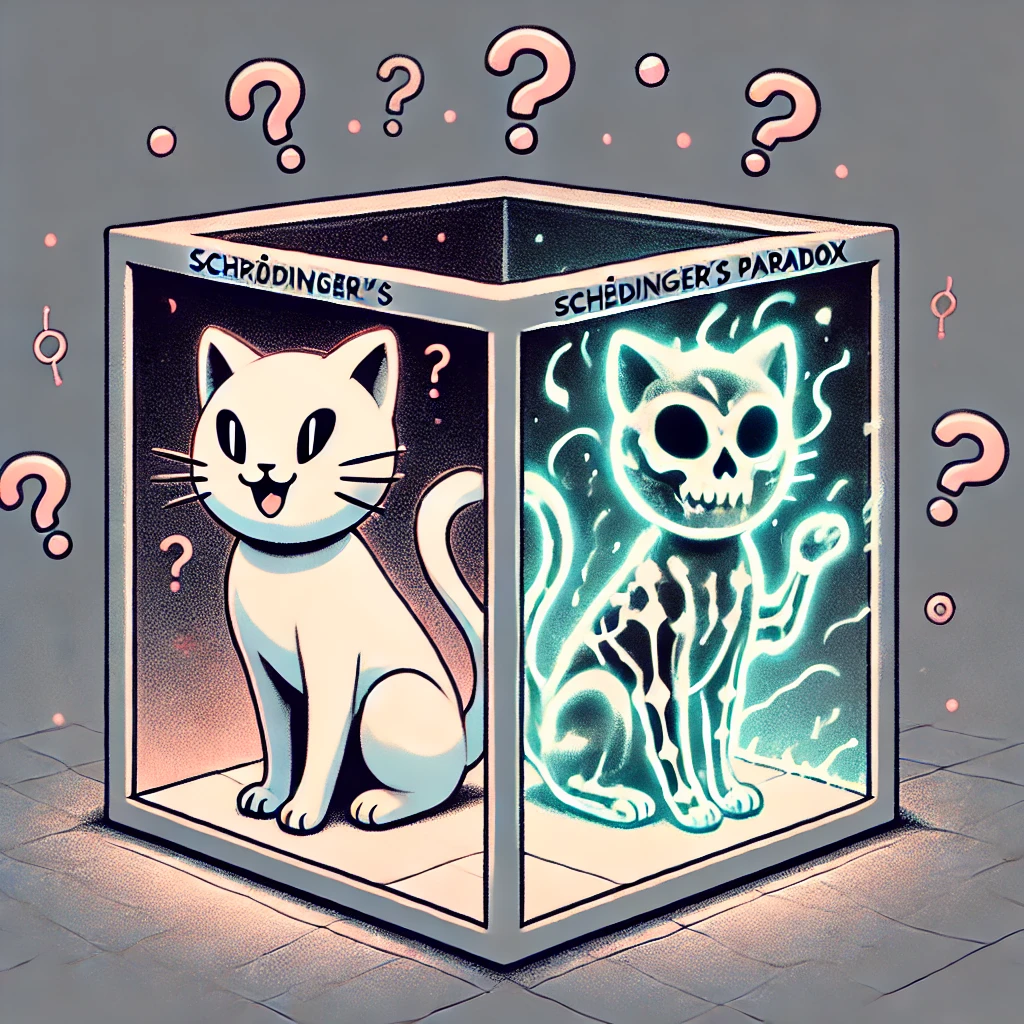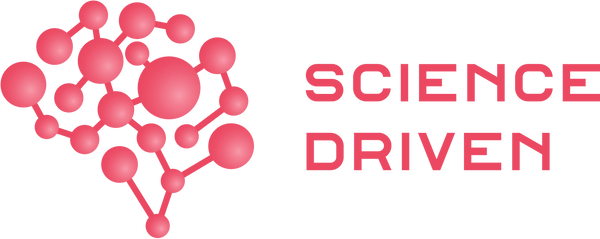
Impossible paradoxes: Schrödinger's cat
Mike MunayShare
The Schrödinger's Cat paradox is one of those stories many are familiar with superficially, but few understand deeply.
What seems to be a simple mental experiment hides a complexity that challenges our most basic perception of reality, quantum physics.
It is precisely this mix of simplicity and depth that makes it so fascinating. What at first glance appears to be a curious dilemma, is in fact much deeper than one might imagine.
Now, imagine you have in your hands a closed box, and inside there is a cat, but not just any cat: it's a quantum cat. It is trapped in a situation that defies everything we know about reality. Until someone opens the box, the cat remains in a mysterious state: alive? dead? both at once?
What does the paradox say?
The Schrödinger's Cat paradox is a mental experiment created by physicist Erwin Schrödinger in 1935 to illustrate how strange the quantum world can be.
In simple terms, it poses the following situation: imagine that you put a cat inside a closed box along with a device that contains a radioactive particle. This device is connected to a mechanism that, if the particle decays (a random quantum process), releases poison and kills the cat. If it does not decay, the cat remains alive.
The interesting thing here is that, according to quantum mechanics, until you open the box and observe what has happened, the cat is, in a sense, alive and dead at the same time. This is due to a phenomenon called quantum superposition, where subatomic particles can exist in several states simultaneously (in this case, the particle is both decayed and not decayed).
Only by opening the box and observing, the state is "decided," and the cat is definitively alive or dead. This phenomenon occurs at the subatomic level, where the rules of quantum mechanics are very different from those that govern the large-scale world we perceive daily.
This mental experiment aims to expose the counterintuitive nature of the Copenhagen interpretation in quantum mechanics, which holds that a particle can exist in multiple states until it is observed.
What does it intend to demonstrate on a physical or mathematical level?
Physically, Schrödinger's paradox seeks to demonstrate how strange and inexplicable the quantum world can be when attempted to be applied to everyday objects. In quantum mechanics, subatomic particles do not have a defined state until they are measured; they exist in a superposition of multiple states. Schrödinger created this mental experiment to show how absurd it would be to apply this idea to macroscopic objects, like a cat.
From a mathematical perspective, the system's state, which includes both the atom and the cat, is described by a wave function. This wave function is a linear combination of possible states, known as quantum superposition. For the cat, the wave function would represent the combination of the states "alive cat" and "dead cat." Mathematically, until the system is observed, the total state is a superposition:
\(|\Psi\rangle = c_1 |alive \ cat\rangle + c_2 |dead \ cat\rangle\)
Where \(c_1\) and \(c_2\) are complex coefficients representing the probabilities of the cat being alive or dead. Upon observing the system, the wave function collapses into one of the two definitive states.
What are its technical foundations?
The technical foundations of Schrödinger's paradox are deeply linked to quantum mechanics, particularly to concepts of:
- Quantum superposition: At the quantum level, particles are not in a single defined state but can be in multiple states at the same time. This principle implies that a system can be in a combination of all its possible configurations until it is observed.
- Wave function: The wave function \((\Psi)\) is the mathematical representation of the quantum state of a system. It describes the probability of a particle being in a particular state, and when a measurement is made, the wave function collapses into a defined state.
- Wave function collapse: According to the Copenhagen interpretation, when an observation or measurement of a quantum system is made, the wave function collapses, meaning the system goes from being in a superposition of states to being in only one. In the case of the mental experiment, the cat goes from being in a superposition of alive and dead to being only alive or only dead at the moment of observation.
- Quantum entanglement: In a more advanced version of the paradox, it is considered that the cat's state is entangled with the state of the radioactive atom, meaning the properties of one depend on the other until a measurement is made.
Conclusions
Schrödinger's paradox is a powerful metaphor for the challenges quantum mechanics presents to our understanding of reality. It reminds us that the rules governing the quantum world are completely different from those we apply to our everyday experience. Schrödinger's mental experiment is not intended to be a literal description of how quantum mechanics works in the real world but rather a way to illustrate the strangeness of quantum theory and the importance of the role of observation.
Curiosities about the paradox
- Schrödinger did not create this paradox to support the Copenhagen interpretation but to criticize it, as he considered the idea of a cat being alive and dead at the same time to be absurd. He himself described the paradox as "burdensome" to highlight the strangeness of the quantum world.
- Schrödinger's paradox has been referenced in countless movies, TV shows, and books, becoming an icon of popular culture when discussing the mysteries of quantum physics. It has appeared in series like The Big Bang Theory, Rick and Morty, and Futurama.
- Current experiments in quantum physics have managed to perform small-scale versions of the paradox, using subatomic particles instead of cats, which has led to the development of technologies such as quantum computers.
Relationship of the paradox with the real world
Although Schrödinger's paradox is a mental experiment and has not been literally applied to cats, the underlying concepts are fundamental to the development of emerging technologies such as quantum computing and quantum cryptography. In these technologies, the principles of superposition and quantum entanglement allow for calculations at speeds that would be impossible with traditional computers.
Moreover, the paradox has inspired experiments that investigate the nature of quantum reality. For example, studies involving quantum entanglement of particles at great distances have been conducted, confirming that the wave function collapse occurs instantaneously and non-locally, something Albert Einstein described as "spooky action at a distance."
Schrödinger's paradox has also led to philosophical debates about the nature of reality and the role of the observer, raising questions about the objective existence of the quantum world before it is measured.

1 comment
Un cordial saludo. Con respecto a “las Paradojas de la Mec. Cuant.”, se puede “demostrar” que su causa radica en que "la unidad de medida otorgada a la Constante de Planck está “incompleta (le falta un término)”!